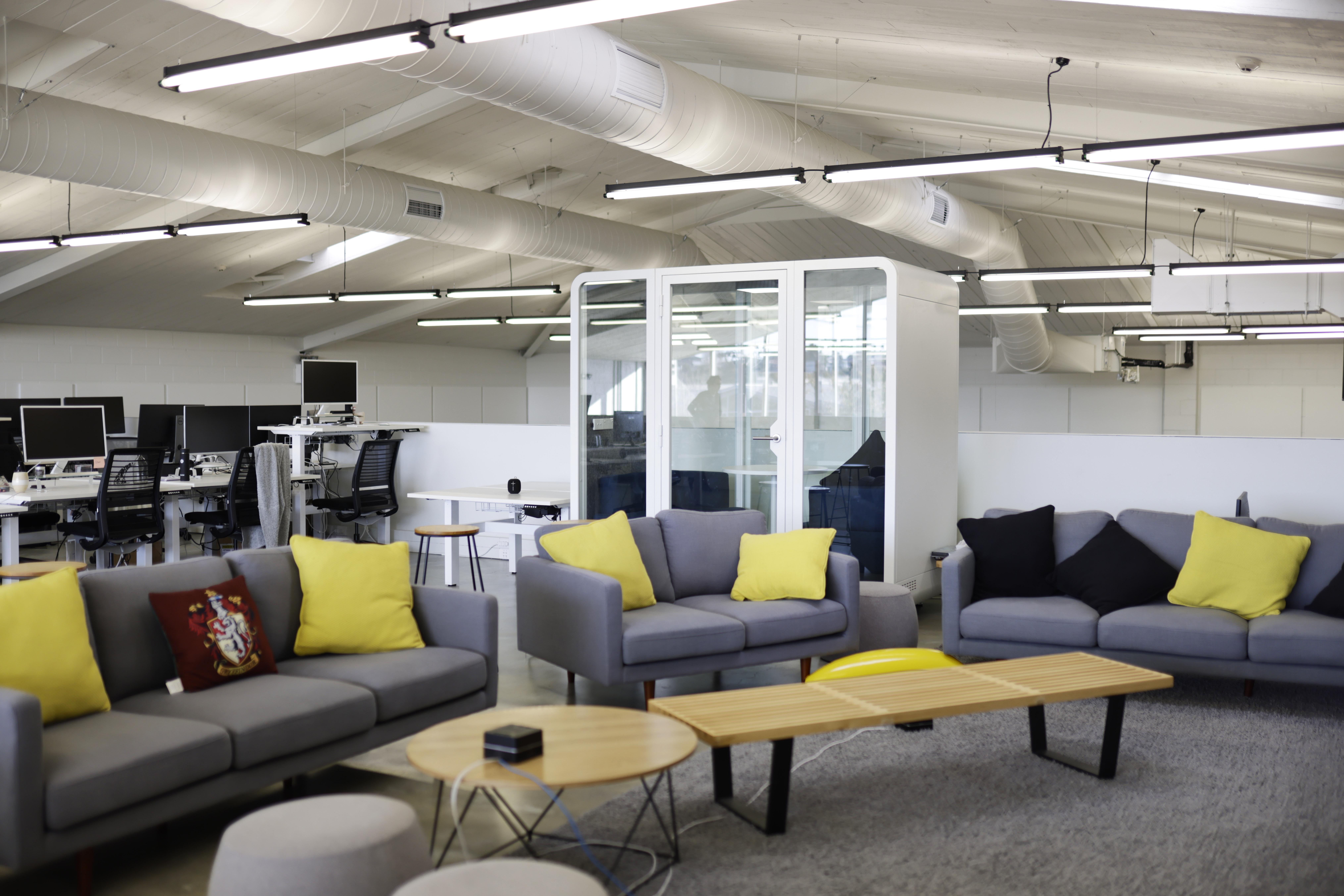After the last couple of tumultuous years we’ve all experienced, many of us are now taking a closer look at our lives. What can we do to improve our work/life balance? How can we find more time to do the things that bring us joy? Do we need to start yoga and meditation? Probably.
In the business world, health and wellbeing is becoming increasingly important to managers too. As organisations look at how they can better care for their employees, physical, emotional, and mental wellness is becoming a key consideration in many business decisions – especially around office design.

The Flow Company creates offices that connect and inspire staff by incorporating wellbeing and sustainability into workplace strategy and design. Founder and director Jo Monaghan says wellbeing is becoming so important in business that decision makers now talk about it in the same way they talk about health and safety.
“These days it’s very much ‘health, safety, and wellbeing’,” she says. “It’s awesome that wellbeing has been tacked on because employers are recognising that happy and healthy employees are both good for people and good for business.”
When looking at it in the context of business, wellbeing relates to your physical, mental, and emotional health and how it’s managed either within a space or by a company. Jo says the key question managers need to ask themselves is how they can allow people to feel comfortable, safe, and connected at work, because the answer could lie in the design of the environment they work in.

The design of an office space can have a huge impact on overall wellbeing. Stark whites, greys, and blacks can create a bland, bleak space which has a flow-on effect to the people who work in it. Alternatively, colours and patterns can enrich environments and create workspaces that make people feel good, while bringing nature in from the outdoors can add much-needed vibrancy to a space. Innovative and creative spaces where staff can work privately and away from the noise of the office are important too.
However, with the rise of isolation and working from home, employers now face a unique challenge: how to keep wellness a priority when staff may not be in the office.
“During Covid, we all learned a little bit more about each other, like when someone’s kids interrupted a meeting or the dog did something funny in the background,” says Jo. “The barrier between home and work was broken.
“The question is, how can we keep those barriers broken so people feel comfortable being themselves? Whatever environment they’re in, they need to feel supported.”
Jo says that employees need to have a sense of purpose, a sense of achievement, and recognition for what they do regardless of where they physically work.
“Maintaining the wellbeing of an individual wherever their work environment is feeds into the wellbeing of the team, which enhances culture and the success of the wider business. Wellness feeds into everything.”
While the rise of working from home has seen many businesses cancel their leases and send their employees home full time, employers need to understand what their staff actually need, not necessarily what’s good for the bottom line.
“If you’re an extravert, you need that interchange with people which you just can’t get from your dog or your family. Some people need that energy exchange with people in their work environment, so a blanket rule that ‘now everyone is working from home’ just doesn’t work for everyone.”
Office spaces that can shift, change, and evolve as employees need them to are good for both people and business. For more information about how to create an office space filled with quiet, private spaces that support productivity, check out Silent Pod’s portable acoustic pods.

